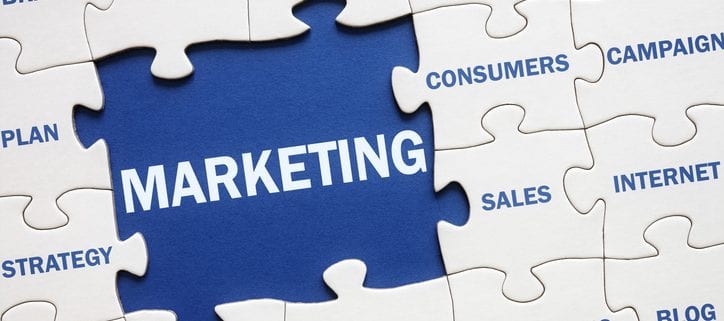
How Marketing Automation Can Improve Lead Nurturing Process
One of the most important aspects of successfully nurturing your leads through the buyer’s cycle is understanding that each lead is different and that your marketing efforts need to be tailored to the needs of each lead. This can be quite difficult to do manually, which is why most businesses are turning to marketing automation.
What is Marketing Automation?
Marketing automation is an automated process that allows you to target leads based on their behaviors at different points in the buyer’s journey. It allows you to make your marketing more personal by delivering content to your leads that suits their needs or interests. This, in turn, makes it easier to build a real relationship with them, helping to drive them towards the conversion and closure stages of the buying cycle.
Not only does marketing automation help free up resources, it makes your marketing efforts much more effective. How effective? According to one study, businesses that use marketing automation increase their qualified leads more than fourfold.
So how exactly does it work? Take for example a lead that has just submitted a form from one of your landing pages opting into your email list. Using marketing automation software, this action can trigger an automatic email sent to them thanking them for signing up. It can be automatically personalized based on what landing page they converted from.
In fact, you’ll be able to personalize your content to your email list by using the information that they submitted on the opt-in form. Using this information, you can segment your email list to automatically send content at specific times that’s relevant to their interests and needs. For example, if you’re a pet food company and a lead lets you know that they own a dog on their form, then you won’t want to send them content you’ve written about cats. Using automation, you can make sure they get the right content, which will not only help build your relationship, it will reduce opt-outs.
If you’re uncertain as to the difference between marketing automation and CRM, be sure to read through our detailed article on the subject.
The Benefits of Marketing Automation
The following are some of the benefits that you’ll be able to take advantage of when implementing marketing automation software:
1. Improve productivity
Instead of sending emails out on scheduled dates to your entire email list by hand, you can schedule emails to be set out automatically by certain times on certain dates to certain segments of your email list, thereby improving your productivity significantly.
 2. Increase revenue
2. Increase revenue
Studies have proven that marketing automation does increase revenue if used properly. In fact, B2B marketers have reported an average of 20 percent increase in their sales opportunities as a result of using marketing automation to nurture their leads.
3. Improve customer retention
By being able to target your leads more effectively with personalized content, you’ll reduce the number of leads that you lose.
4. Improve customer relationships
By being able to personalize your interactions with leads, you’ll improve customer relationships. Not only does this help with customer retention, it will help with building your brand reputation. Building good customer relationships can help to improve repeat business and can also generate positive word-of-mouth.
5. Collect better data
Marketing automation software can help you monitor responses to your various marketing campaigns based on the specific parameters you’ve established for success or failure. This data can then be leveraged to improve future marketing campaigns.
For more in-depth information, check out our post on the benefits of marketing automation.
Marketing Automation has more benefits! Check out this article to learn more.
How to Use Marketing Automation
There are many ways that you can use marketing automation. Besides using it to segment your email lists, it can also be used to provide data on what types of content helps move leads from one stage of the buying cycle to the next, which allows you to create higher quality content to attract higher quality leads. In fact, you can also use marketing automation to score your leads based on their behaviors on your site. Scoring leads lets you identify what leads have the best chance of converting, allowing you to more effectively use your resources to target those leads.
One thing to keep in mind is that marketing automation isn’t just limited to your email campaigns or to your website — it’s channel-agnostic, meaning that it can be used on any platform. Read through our article on B2B vs. B2C marketing automation for more in-depth advice.
Marketing automation is proven to be successful, which is why businesses of all sizes have started implementing it into their online marketing strategies. There’s no reason not to use it, all it will do is make your marketing efforts more effective and more efficient, thereby allowing you to capture more leads and close more sales.





















